In Part 2, we take a closer look at how the draw helps or hinders a player’s campaign at the 2019 All England.
By Aaron Wong. Photos: Badmintonphoto
After opening 2019 with three Super 300 and two Super 500, badminton shall completely leap frog the Super 750s to bring you a US$1M tournament.
Seeding Highlights
- MD: 4 nations seeded: Indonesia thrice, China twice, Japan twice.
- WD: 5 nations seeded: Japan four times.
- WS: 5 nations seeded: Japan twice, China twice, India twice. No apparent European hope as Olympic & World Champion is recovering from injury.
- XD: 6 nations seeded: England twice, China twice.
- MS: 7 nations seeded: China twice.
At a glance
Judging by the seeds alone, diversity thrives healthily in men’s singles while women’s doubles is at the other end of the spectrum due to Japan submitting a quadruple threat. However, the least likely for a winner to come from outside the seeds is actually men’s doubles.
The home country is seeded twice in mixed doubles which hasn’t happened for exactly a decade. Back then we’d have to include everybody under Great Britain whereas this time both pairs wear the red and white flag.
Exposure therapy
All the world #1s have entered with only women’s singles star Tai Tzu Ying yet to title this year. Take caution in presuming all of them will win even though they really are the cream of the current crop.
The wind of change in badminton is that more than a few other players are becoming accustomed to their speed and antics. To be fair, this would have happened no matter whom became world #1.
The specific development is the larger than before percentage of players acclimatising to the pure court speed and shuttle speed of the #1s across the board – where in previous eras some disciplines were impervious. It is particularly noticeable, though not necessarily more prevalent, in men’s singles because there’s been a dramatic change of styles from Viktor Axelsen to Son Wan Ho to Srikanth Kidambi to Kento Momota in under two years and this plight befell every one of these #1s.
Even though this development is separate from actually beating them, it is noteworthy that the basic overawe factor of the #1s speed is less and less substantial.
Rate & debate
Regardless of the draw, in order of most to least vulnerable world #1 are: women’s doubles (Hirota/Fukushima), men’s singles (Kento Momota), women’s singles (Tai Tzu Ying), men’s doubles (Sukamuljo/Gideon), mixed doubles (Huang/Zheng). The least vulnerable personnel are almost certainly common amongst all lists.
Popularity breeds familiarity
The speed of shuttle and player are steadily becoming a one-dimensional ploy. There is still a little room to accelerate as combining the ultimate humanly possible maximum court speed plus executing maximum shuttle speed has yet to be been found in one particular player but, by the looks of it, Kento Momota is doing a fine job of this based on his own physique.
Most people will point to fatigue as the reason for Momota’s losses. There’s a significant difference and separation between physical fatigue and mental fatigue even though one leads to the other. Mental fatigue is the vulnerability that’s common to all the #1s as well as any other badminton player, which hints at the solution.
Stamina management aids speed of thought …
The next frontier is the speed of thought. The management of stamina should come with the aim of maintaining optimum speed of thought for longer periods or being aware of it for starters.
Momota moves exceptionally and uses it as a weapon. His forte is the ability to rebalance after smashing or changing direction not unlike Lee Chong Wei or Srikanth Kidambi, except that he does it with routine efficiency that’s a cut above them.
which leads to …
Contrast Momota and Tai Tzu Ying and note that she reserves a modicum of brain processing power for variation when games are in top flight.
She has developed the ability to sometimes play between the beats of the match rhythm whereas Momota, due to his particular gifts, routinely plays on the beats of his own rhythm. He can win when his rhythm overwhelms his opponent.
Speed of thought is where variation in play is born. Players naturally employ it whenever they are faster than the adversary, but few can deliberately switch it on as the match progresses. This is where the management of fatigue and stamina really counts.
Another example is illustrated when watching English mixed pair Lauren Smith / Marcus Ellis. Extended rallies demonstrate both how excellently drilled they are, yet this is not enough to consistently win them. In any rally, singles or doubles, control of the shuttle switches between sides continually even when one side is clearly in charge. Having a well-honed speed of thought helps a player realise when exactly control has been wrested in the multitude of smaller moments and this is where Smith/Ellis can do better.
Speed of thought, you might say, is a kind of concentration. In badminton, you can’t concentrate 100% of the time, it’s too tiring, that’s why you need to depend on muscle memory. But at the highest level and during its most intense exchanges and tiring moments in the fastest racquet sport, using 100% muscle memory as we’ve observed isn’t foolproof. In order to win, there remains a need to reserve energy to enable clarity of thought.
Men’s Singles: Denmark and China cancel out in bottom half
Men’s world #1 Kento Momota’s return from suspension produced a string of stunning performances so much so it’s hard to believe that he could lose but he has a handful of times. These one off losses to Chou Tien Chen, Anthony Ginting, Son Wan Ho, Shi Yuqi, Kenta Nishimoto and Anders Antonsen are realistic and helpful. There’s much time until the Olympics to for Momota to do research and homework. Shi is noticeably a learner from match to match, opponent to opponent.
There’s the old adage: “Start strong, finish strong”. The latter, around the 18-18 juncture, is an area the Japanese star should focus on. Shi Yuqi is superior in this situation as is doubles world #1 Yuki Fukushima. Similar but different, Momota is also not known as a ‘come from behind’ player. Kidambi and Lee Chong Wei handle this scenario better.
The bottom half of the draw is brutal. Both the defending champion Shi Yuqi and last year’s runner up Lin Dan find themselves elbowing 2017 World Champion Viktor Axelsen, the latest man to join the Super 500 or higher winners club, his compatriot Anders Antonsen, and Son Wan Ho for semi-final berths.
Interesting early men’s singles matches
1st Rd: Lu Guangzu [CHN] vs Hans-Kristian Vittinghus [DEN]
1st Rd: Verma [IND] vs Viktor Axelsen [6][DEN]
1st Rd: Kenta Nishimoto [JPN] vs Son Wan Ho [5][KOR]
1st Rd: Anders Antonsen [DEN] vs Shi Yuqi [2][CHN]
Possible 2nd Rd: Srikanth Kidambi [7][IND] vs Jonatan Christie [INA]
Women’s singles: Yamaguchi fortnight
Like the men’s draw, the women’s bottom half is the more intense. The fourth quarter contains three unseeded players (Li Xuerui, Goh Jin Wei, Gregoria Mariska Tunjung) whose development is on the move. It’s uncertain whether one of the great badminton rivalries, Sindhu vs Okuhara, will write a new chapter at semis stage because the Japanese potentially could meet all three of the aforementioned ladies.
German Open winner Akane Yamaguchi treads the most straightforward path to the semis stage for a likely encounter with world #1 Tai Tzu Ying. There is nobody as far as that horizon who has greater foot speed and quiet determination than herself.
Interesting early women’s singles matches
1st Rd: Sung Ji Hyun [KOR] vs PV Sindhu [5][IND]
1st Rd: Goh JW [MAS] vs Takahashi [JPN]
1st Rd: Tanjung [INA] vs Okuhara [2][JPN]
1st Rd: Michelle Li vs Tai Tzu Ying [1][TPE]
Possible 2nd Rd: Li Xuerui [CHN] vs Ratchanok Intanon [7][THA]
Women’s doubles: Japan vs Japan
Japan having four seeded pairs and a fifth unseeded world #11 pair in contention doesn’t mean there’s nothing left to say.
The Korea against Japan encounters are worth watching and there’s no need to wait. In Round 1, the current Japanese world #2 and Olympic champions Matsutomo/Takahashi meet two Korean former world #2s from different partnerships. How interesting it pans out to be largely depends on how forceful Jung Kyung Eun shows up at work feeling.
Conventional wisdom states that the same country playing one another makes for unexciting viewing but I’ll go out on a limb to say that Sakuramoto/Takahata playing Matsumoto/Nagahara is the must watch 1st round match because of the world #11 underdogs’ hungry disposition – their hunger may well remind you of Matsumoto/Nagahara themselves right before they unexpectedly became World Champions.
Interesting early women’s doubles matches
1st Rd: Gabriela Stoeva / Stefani Stoeva [8][BUL] vs Du Yue / Li Yinhui [CHN]
1st Rd: Ayako Sakuramoto / Yukiko Takahata [JPN] vs Mayu Matsumoto / Wakana Nagahara [3][JPN]
1st Rd: Chang Ye Na / Jung Kyung Eun [KOR] vs Misaki Matsutomo / Ayaka Takahashi [2][JPN]
Possible 2nd Rd: Kim So Yeong / Kong Hee Yong [KOR] vs winner of Sakuramoto/Takahata or Matsumoto/Nagahara
Men’s doubles: Malaysia’s chrysalis
The field has reinvigorated itself because new world #1 and #2s have firmly installed themselves and the former three top 10 Korean pairs circa 2016 have rearranged themselves and returned to the big time as part of two pairings.
A couple of years ago badminton broadcaster Steen Pedersen said the Malaysian pairs needed to be given time and space to evolve past the lean times. Well, we might be staring at Malaysia’s chrysalis stage and what better match up than against last weekend’s German Open winners to prove their mettle.
Interesting early men’s doubles matches
1st Rd: Marcus Fernaldi Gideon / Kevin Sanjaya Sukamuljo [1][CHN] vs. Liu Cheng / Zhang Nan [CHN]
1st Rd: Lee Yang / Wang Chi-Lin [TPE] vs. Bodin Isara / Maneepong Jongjit [THA]
1st Rd: Lu Ching Yao / Yang Po Han [TPE] vs. Aaron Chia / Soh Wook Yin [MAS]
1st Rd: Hiroyuki Endo / Yuta Watanabe [4][JPN] vs. Ong Yew Sin / Teo Ee Yi [MAS]
1st Rd: Fajar Alfian / Muhammad Rian Ardianto [8][INA] vs. Ko Sung Hyun / Shin Baek Cheol [KOR]
1st Rd: Choi Sol Gyu / Seo Seung Jae [KOR] vs. Mathias Boe / Carsten Mogensen [DEN]
Mixed doubles: England’s foggy forecast
Depending how you want to spin it prospects look good or look dreadful for the home country. The positive perspective is England have two seeded pairs at opposite ends of the draw.
The higher seeds the Adcocks have never not made it as far as the quarters since they’ve been married which translates to the previous five All Englands. The worrying part is their likely quarters opponents this time are none other than the least vulnerable world #1s Huang Yaqiong / Zheng Siwei while Smith/Ellis have in their way the world #2.
The opening round between Smith/Ellis and Du Yue / He Jiting pits a rather automated pair against a fluid partnership which should make for entertaining viewing. It remains a wait for Du/He to live up to their full potential in terms of tournament results and were it to start now it’d be at the expense of one seeded English pair at the starter’s pistol.
Interesting early mixed doubles matches
1st Rd: Lauren Smith / Marcus Ellis [7][ENG] vs Du Yue / He Jiting [CHN]
1st Rd: Christinna Pederson / Mathias Christiansen [DEN] vs Arisa Higashino / Yuta Watanabe [3][JPN]
Possible 2nd Rd: Chae Yoo Jung / Seo Seung Jae [KOR] vs winner of Pederson/Christiansen [DEN] or Higashino/Watanabe [3][JPN]
![ALL ENGLAND 2019 Preview Part 2 – Rate the vulnerability of #1s In Part 2, we take a closer look at how the draw helps or hinders a player’s campaign at the 2019 All England. By Aaron Wong. Photos: Badmintonphoto After opening […]](http://www.badzine.net/wp-content/uploads/ngg_featured/20181214_1319_WorldTourFinals2018_BP011750_rotator.jpg)
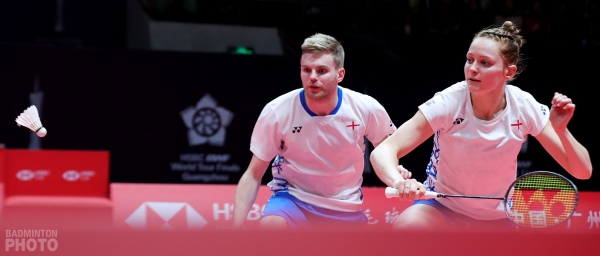
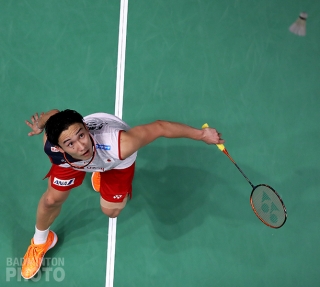
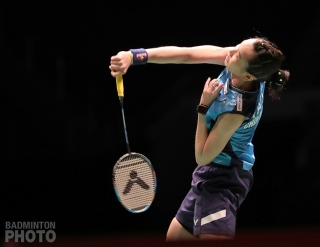
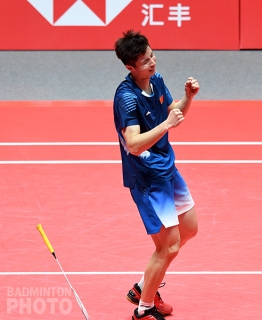
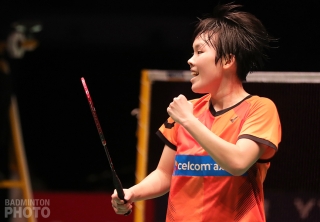
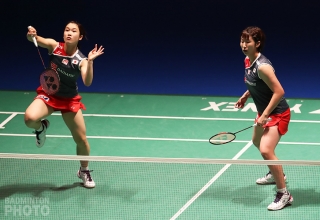
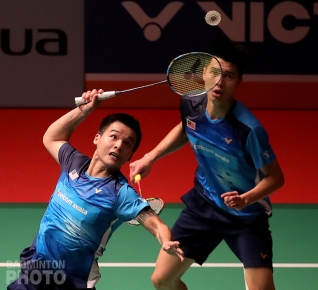
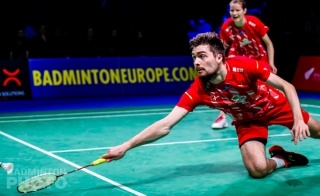

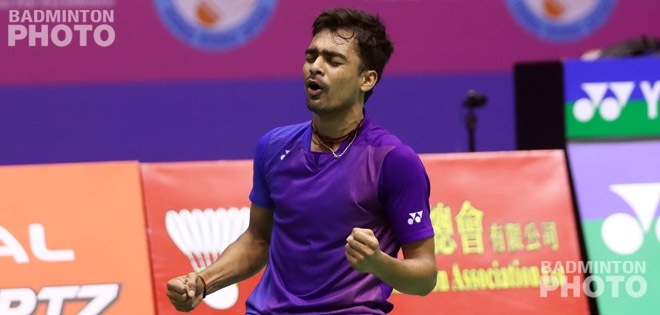
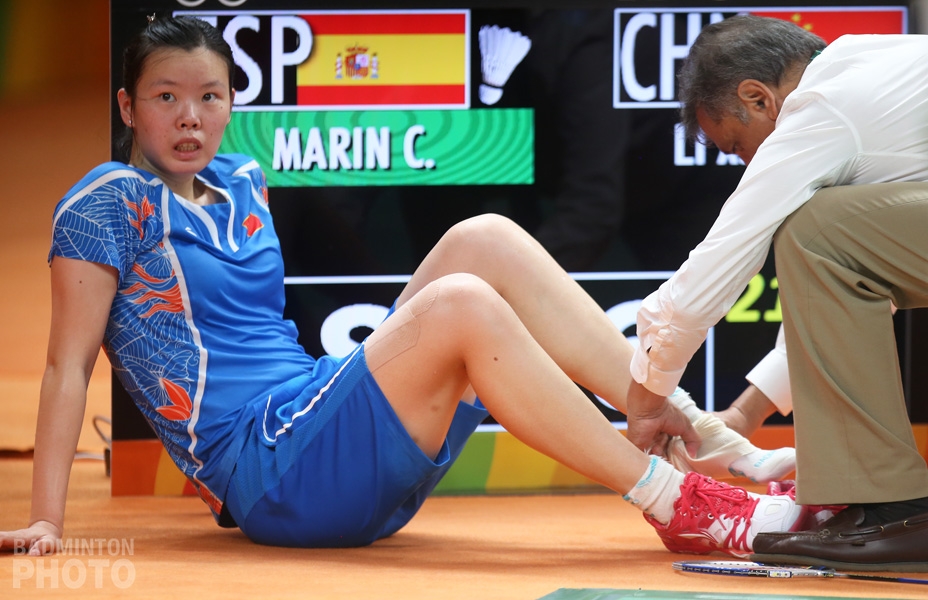
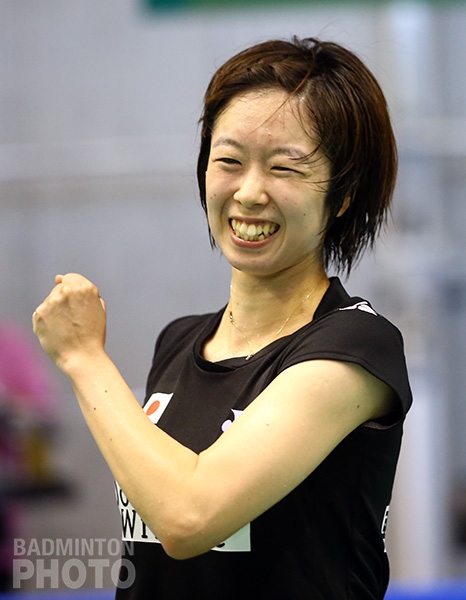
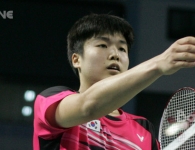

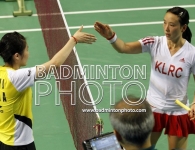
Leave a Reply